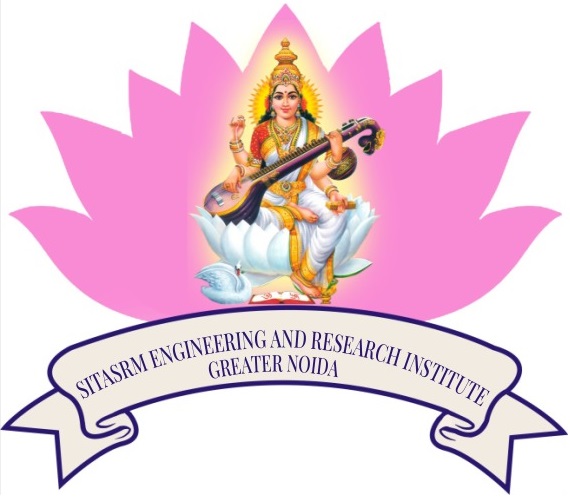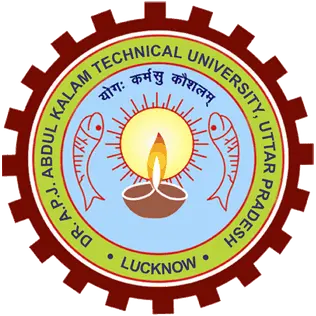About the Program
The Computer Science & Information Technology program at SITASRM ENGINEERING & RESEARCH INSTITUTE integrates the core principles of computer science with IT. The Computer Science (CS) and Information Technology (IT) program is designed to provide students with a comprehensive understanding of both the theoretical and practical aspects of computing.
It covers core computer science concepts, including algorithms, data structures, computer organization, operating systems, databases, and computer networks. Additionally, the program delves into IT-specific areas such as cloud computing and cybersecurity.
Eligibility
To pursue the CS & IT program @ SERI, candidates must meet the following eligibility requirements:
Academic Qualification:Applicants should have secured a minimum aggregate of 45% in their 10+2 (or equivalent) examinations, with mandatory subjects being Physics, Mathematics, and either Chemistry or Computer Science
Admission Basis :
- Admission is primarily granted based on the scores achieved in the JEE Mains,CUET score,or state entrance exam.
- Candidates can alternatively apply for Management quota if he/she has not appeared in any entrance through SITASRM ENGINEERING & RESEARCH INSTITUTE entrance exam .
Selection Procedure : A robust assessment process undertaken in regards to the students' academic qualifications and performance on entrance examination will guarantee that admission is limited to qualified candidates in order to support a competitive and stimulating educational program.
Curriculum Structure
The curriculum @ SERI is designed to provide a strong foundation in both computer science and information technology. Key areas of study include:
Core Computer Science (CSE & IT)
Programming Fundamentals: C, C++, Java, Python
Data Structures and Algorithms: Arrays, Linked Lists, Stacks, Queues, Trees, Graphs, Sorting, Searching
Computer Architecture and Organization: CPU, Memory, Input/output, Buses
Operating Systems: Process Management, Memory Management, File Systems
Databases: Relational Databases, SQL, Database Design
Computer Networks: Networking Concepts, TCP/IP, Protocols
Theory of Computation: Automata, Formal Languages
Compiler Design: Lexical Analysis, Parsing, Code Generation
Discrete Mathematics: Sets, Logic, Graph Theory
Engineering Mathematics: Calculus, Linear Algebra, Probability and Statistics
Design and Analysis of Algorithms
IT-Specific Areas
Cloud Computing: Cloud Services, Virtualization, Cloud Platforms
Cybersecurity: Network Security, Cryptography, Ethical Hacking
Web Development: HTML, CSS, JavaScript, Server-Side Languages
Mobile Application Development: Android, iOS
Artificial Intelligence (AI): Machine Learning, Neural Networks
Data Science: Data Mining, Data Analysis
Other Important Aspects
Professional Ethics
Project Management
Software Engineering
Human Computer Interaction (HCI)
Computer Graphics
Robotics
Internet of Things (IoT)
Program Outcomes (POs)
Graduates of the Computer Science and Information Technology program @ SERI will be able to:
Apply knowledge of computing fundamentals, mathematics, and engineering principles to solve complex problems.
Design, implement, and evaluate computer-based systems, processes, components, or programs to meet specified needs with appropriate consideration for public health and safety, and cultural, societal, and environmental considerations.
Analyze problems, identify and define the computing requirements appropriate to their solution.
Use current techniques, skills, and tools necessary for computing practice.
Function effectively on teams to accomplish a common goal.
Communicate effectively with a range of audiences.
Recognize the social, ethical, and professional responsibilities.
Engage in continuous learning and adapt to emerging technologies.
Program Specific Outcomes (PSOs)
Graduates of the Computer Science and Information Technology program at SITASRM ENGINEERING & RESEARCH INSTITUTE will be able to:
Specialize in the areas of network security, database management, and software solutions.
Develop and manage IT infrastructure, ensuring secure and efficient operations.
Apply computer science principles to design and implement software systems for real-life applications.
 SITASRM ENGINEERING & RESEARCH INSTITUTE
SITASRM ENGINEERING & RESEARCH INSTITUTE
 SITASRM ENGINEERING
SITASRM ENGINEERING 

